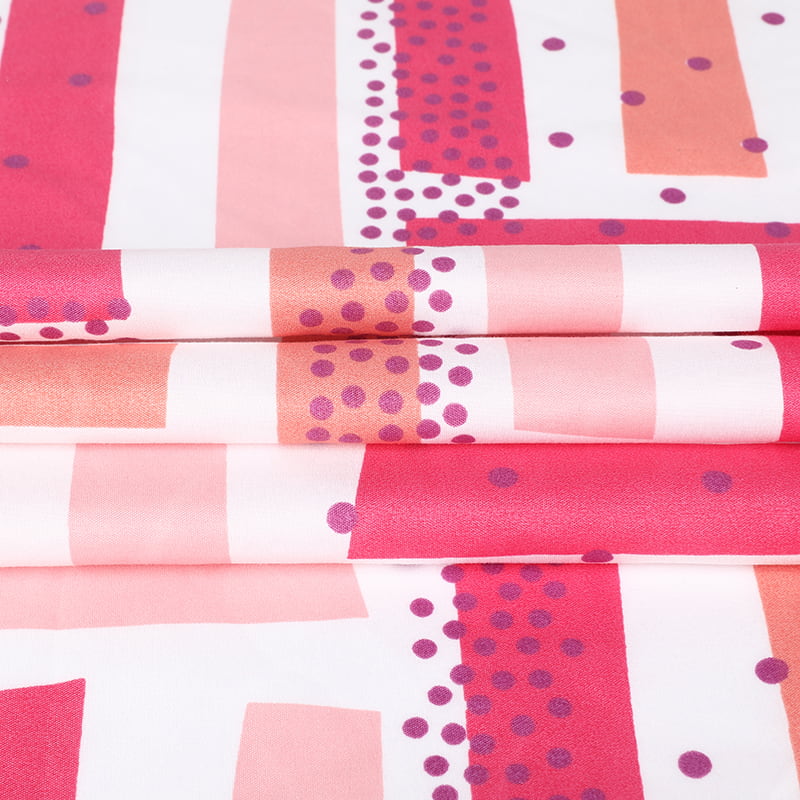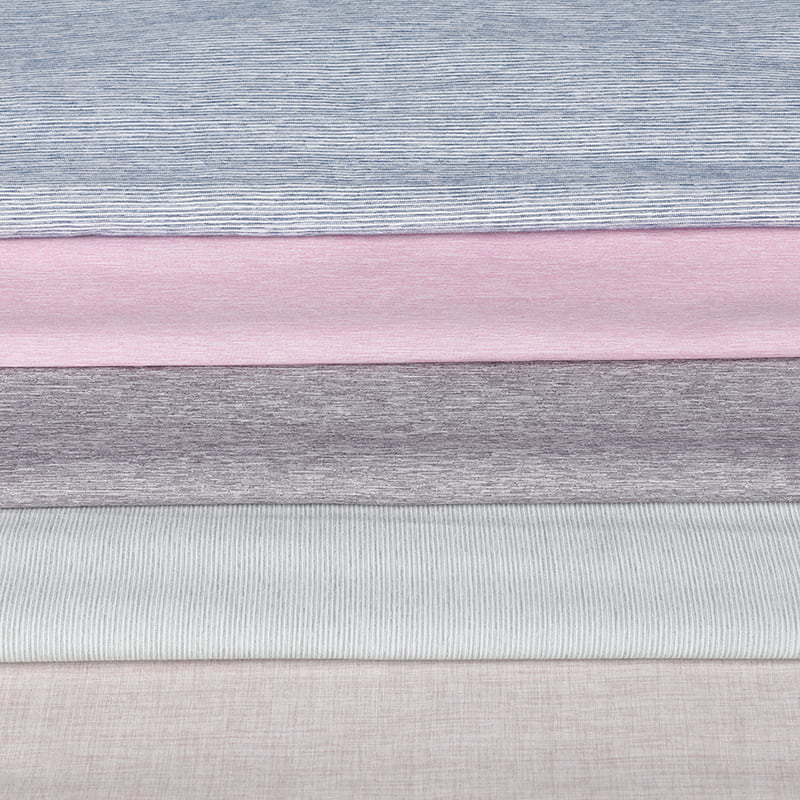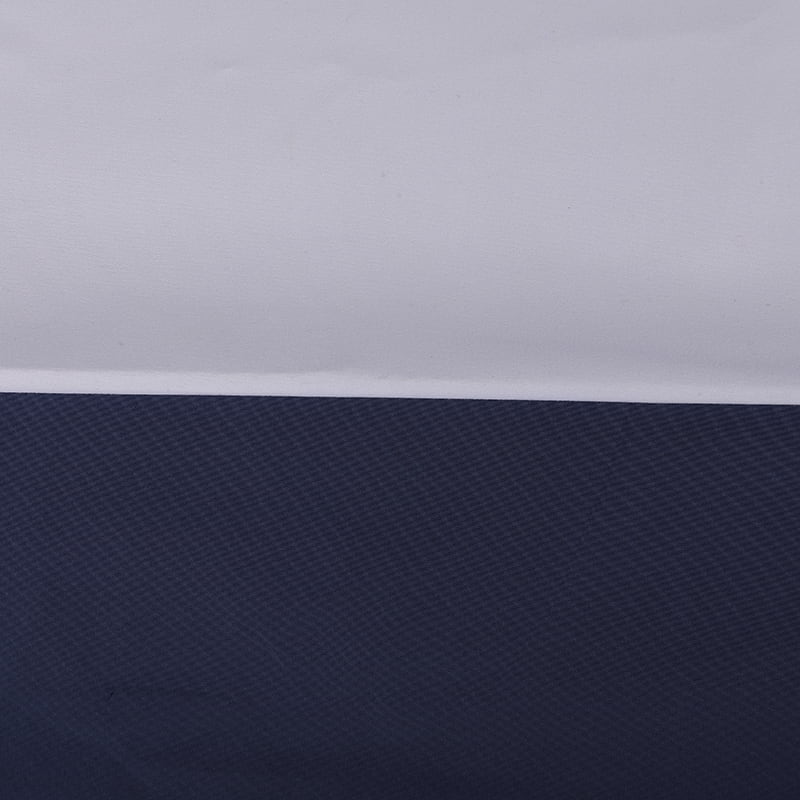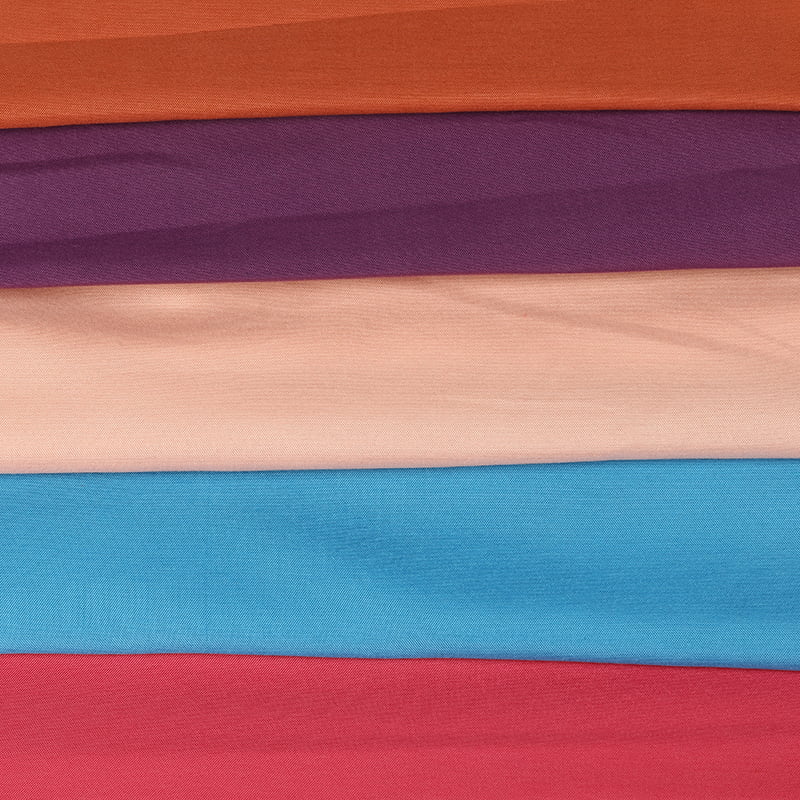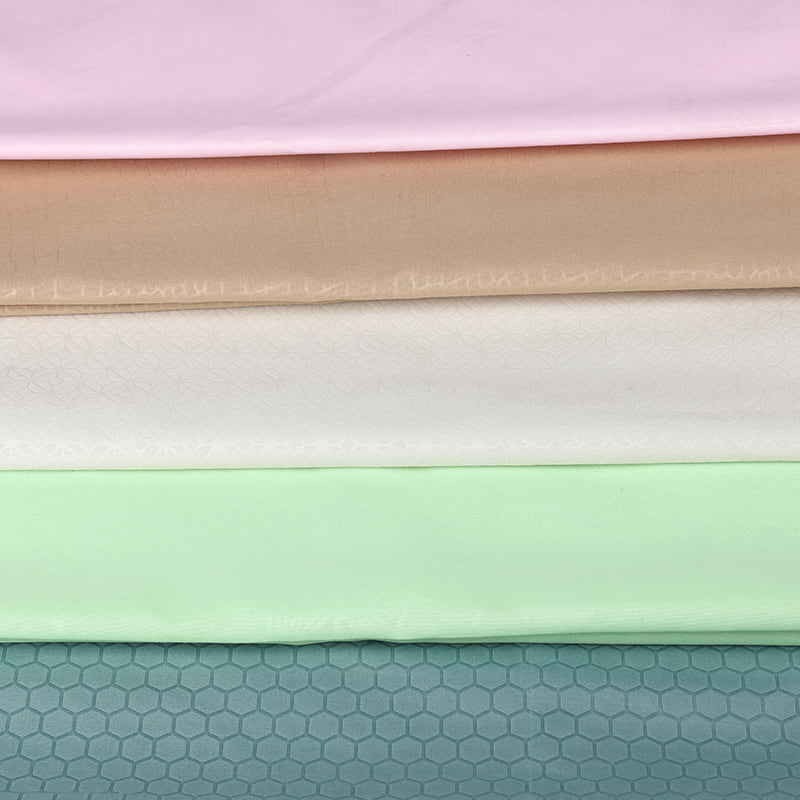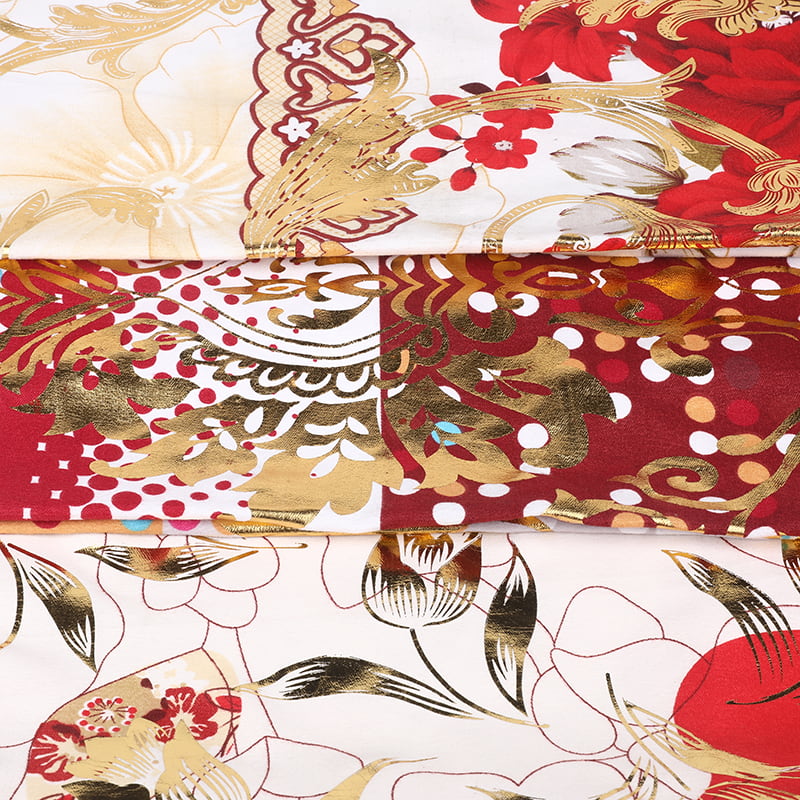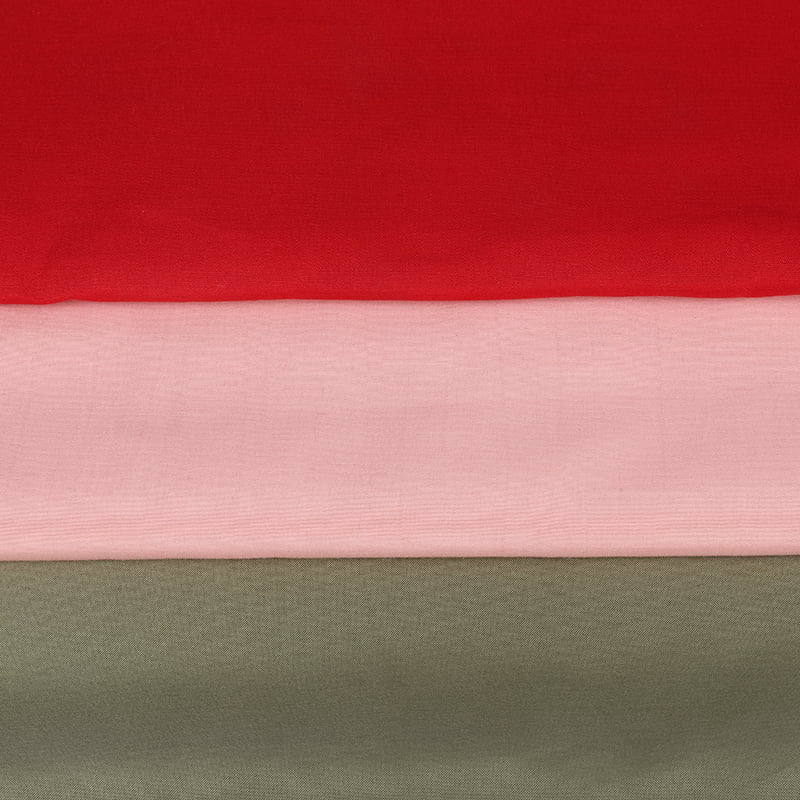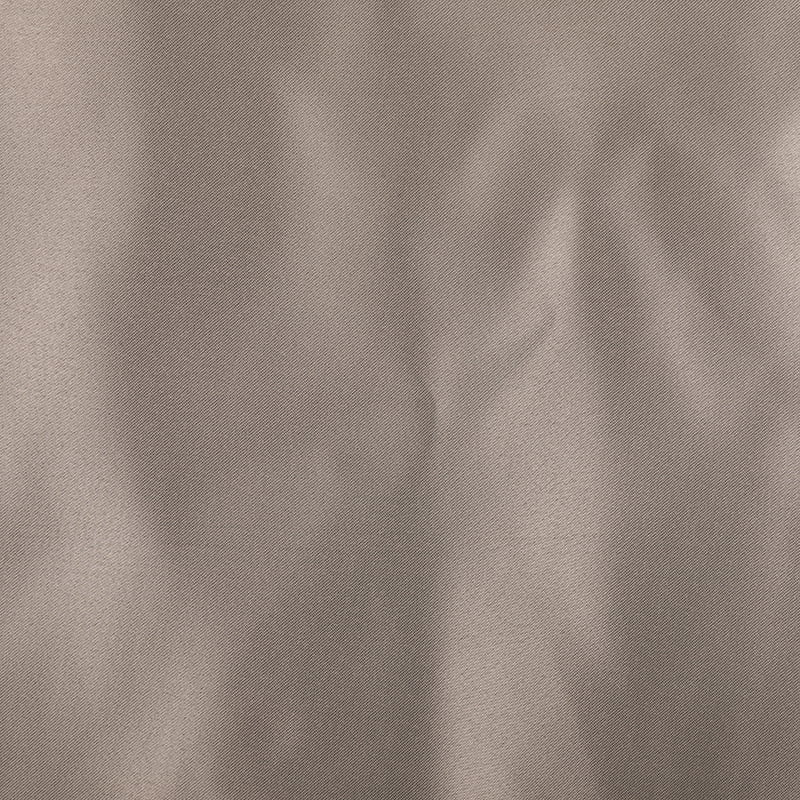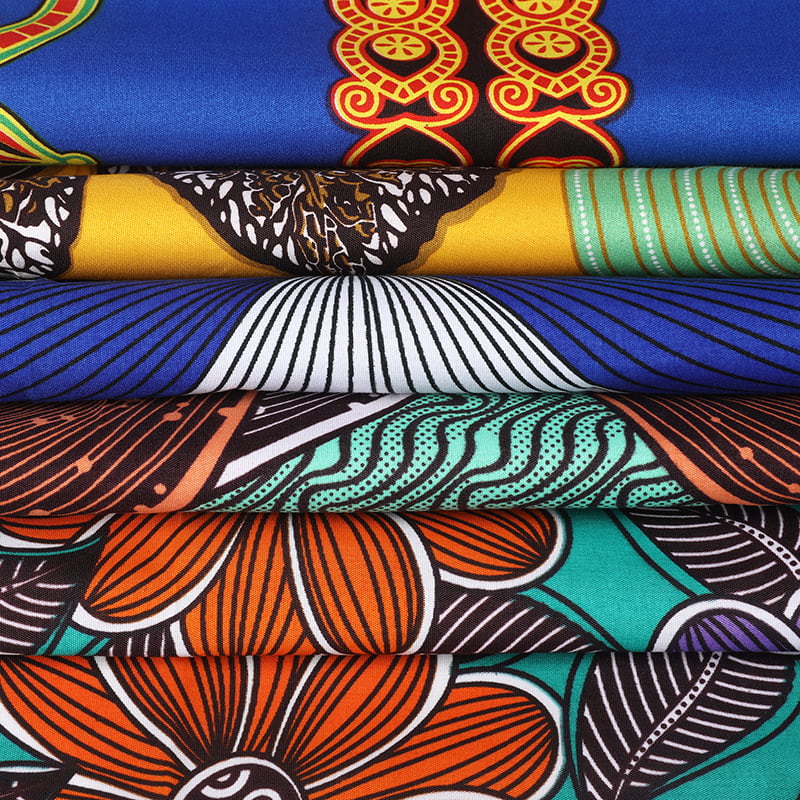Pigment Printed Fabric has grown to be one of the most popular printing options in the textile industry due to its strong color effects. It is a process that is highly versatile and offers great flexibility for designers and fabric producers. However, a drawback that can be experienced with this type of printing is that the prints can be very hard on the touch. In order to mitigate this problem, new technology has been developed to provide soft prints without compromising the quality of the print and color fastness. This technology is known as Digital Pigment Printing and has gained significant traction in recent years.
Digital Pigment Printing uses inkjet technology to create the color effects on fabric. This allows the use of much broader spectrum colors and provides better vibrancy than conventional pigment printing. In addition, digital printing allows the fabric to be processed without the need for a fixed amount of water that is necessary with other processes. This is an important benefit because it can help to reduce costs and increase production efficiency.
A key difference between traditional dye printing and digital pigment printing is that the former is a dye sublimation or disperse printing method, while the latter is a surface printing method. In a dye sublimation or disperse process, the colour inks are absorbed into the fibres of the fabric. In contrast, with a surface printing method, the colour inks are applied on top of the fibres and are held in place by a chemical resin or binder. The resin binder is what causes digital pigment prints to have a stiffer hand feel than dye prints.
The main problem with pigment printing is that the colours tend to fade and lose their brightness after washing, especially with repeated washes. This is due to the fact that the inks used in pigment printing “stain” the fabric rather than being absorbed into the fibres of the cloth like a dye would do. Until recently, there was no way around this problem. In order to achieve good wash fastness, digital pigment prints had to be fixed using a foulard which added an extra process step.
Fortunately, new technology has been developed to fix digital pigment prints without using a foulard. This new process uses a secret formula to pre-treat the fabric before printing. In addition to this, a special kind of binder is also added to the ink that is used for digital printing. This binder acts to bind the inks to the fabric and helps to prevent them from fading and cracking after washing.
This process has also been developed to ensure that the colour inks are able to adhere to the fabric without blocking the pores of the fibres. In order to do this, the binders used in the inks are designed to plasticize at a certain temperature so that they can create a physical bond with the fibres of the fabric. This process also helps to improve the rub fastness of the fabric.





